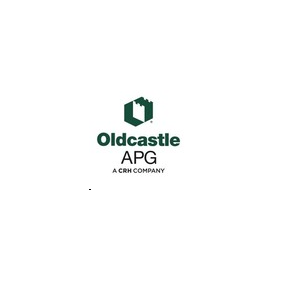MoistureShield announced its Vision® capped composite decking line has been approved for the Wildland Urban Interface (WUI) Building Materials listing in California, a program of the California Office of the State Fire Marshal (OSFM). Wildland-Urban Interface (WUI) zones are places where potentially flammable vegetation meets or overlaps with developed areas identifying them as severe fire hazard areas.
With increasing populations in California WUI areas and temperatures above historical averages, the risk for wildfires is greater than ever. To design and build homes with a greater chance of surviving a wildfire, carefully selecting building materials can play a vital role. Compliance with local building codes and WUI requirements help protect neighborhoods and give people more time to evacuate.
Protecting lives from wildfire
"Achieving WUI compliance is a significant achievement for MoistureShield Vision in California, where wildfires are on the rise," said Matthew Bruce, VP Sales & Marketing, MoistureShield. "As an industry, we need to build smarter and WUI building compliance helps protect lives and property."
In nominal dimensions of 1" x 5.4" with 1/8" edge-to-edge spacing, MoistureShield Vision meets the requirements for the test methodology described in California SFM 12-7A-4, Materials and Construction Materials for Exterior Wildlife Exposure: Decking Alternative Method A. One can see OSFM Listing No. 8110-2321-0500 for allowable values and/or conditions for use.
Building material requirements
The California Department of Forestry and Fire Protection (CAL FIRE), the state's emergency response and resource protection department, oversees WUI zones and building material requirements.
MoistureShield Vision® features DiamondDefense™ Coating, a strong cap in the industry, resisting scratches, stains and damage on impact. Vision also features the unique option of CoolDeck® Technology, reducing heat absorption by up to 35% compared to traditional capped composite boards in a similar color.
















